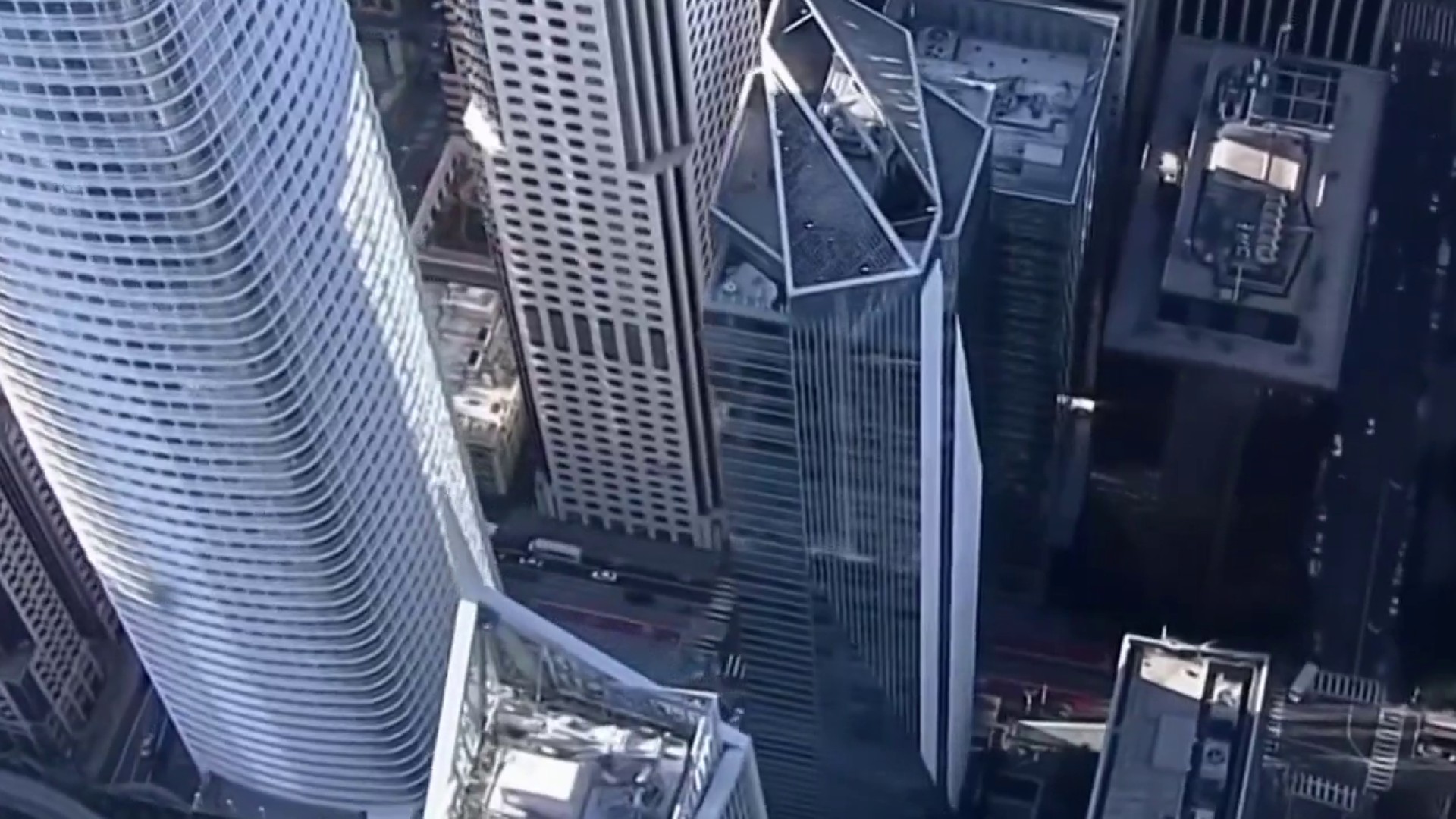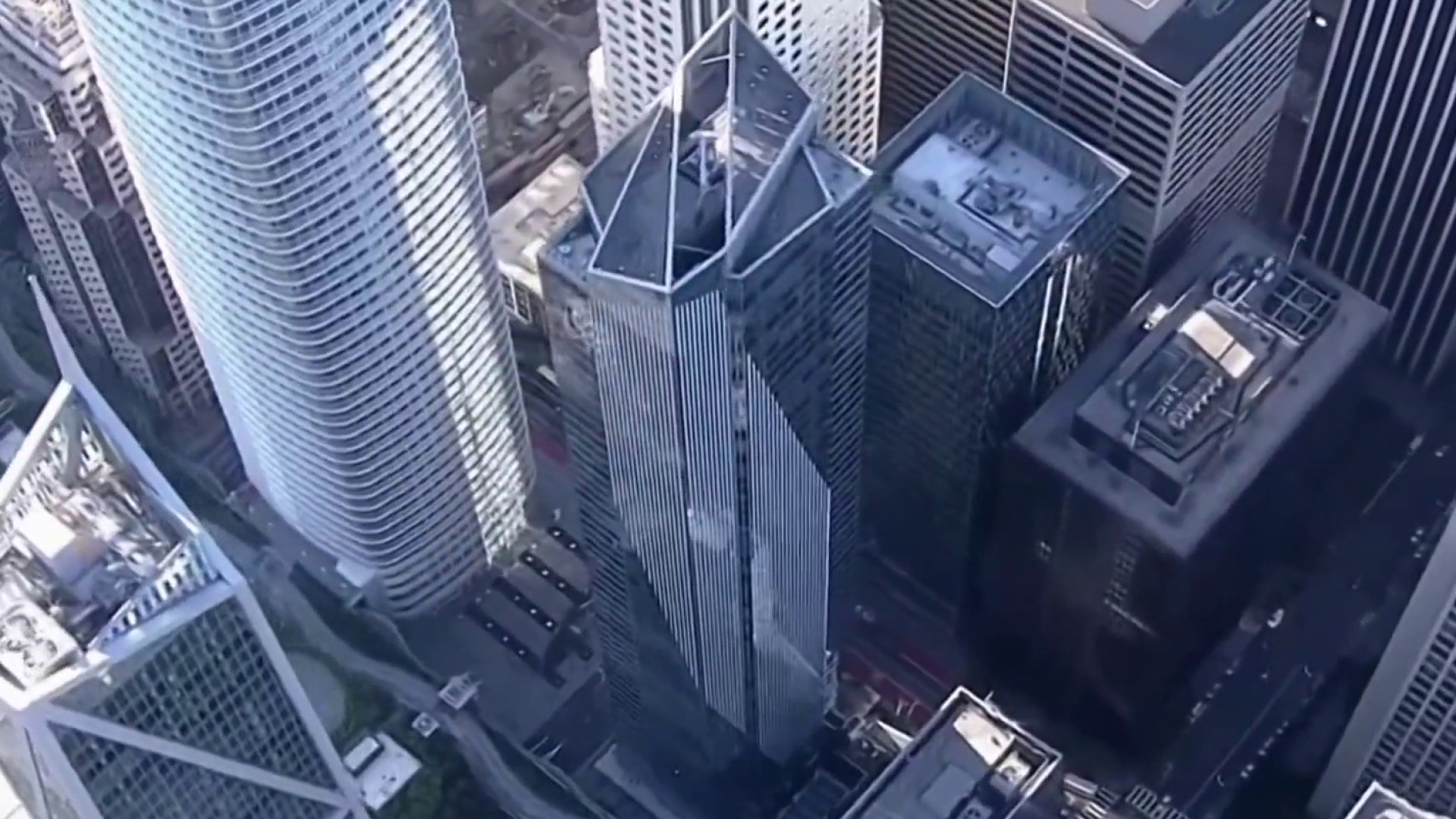A nearly forgotten underground wall could prove a serious obstacle to reversing the tilt of the Millennium Tower, a major goal of the $100 million fix for the troubled San Francisco high rise, experts tell NBC Bay Area’s Investigative Unit.
The perimeter pile upgrade – which began a year ago this month -- relies on installing piles to bedrock and propping up the sinking and leaning building on two sides along Mission and Fremont streets.
The idea is both to stop the settlement at that corner and shift some of the tower’s weight onto the opposite side of the foundation. In theory, that shifted weight should trigger new settlement on the opposite sides and cause a partial reversal of the tilting. New data shows the tower is currently leaning 28 inches northwest, as measured from the roof. Much of that lean occurred last summer, after crews began to dig down to install piles.
At a hearing before the Board of Supervisors this year, Millennium fix engineer Ron Hamburger, stressed the need to finish the beleaguered fix effort.
Get a weekly recap of the latest San Francisco Bay Area housing news. Sign up for NBC Bay Area’s Housing Deconstructed newsletter.
“Although the building remains safe, we believe the project needs to resume construction and complete this construction quickly,” Hamburger said at the January meeting of the Audit & Government Oversight committee. “To allow us recovery of the tilt as originally planned.”
But some experts say there could be a hitch – a big one – to that plan. It’s a three foot thick, 90-foot high steel and cement wall built directly under the eastern edge of the 10-foot thick slab foundation.
“It just creates a huge amount more uncertainty about how it will respond when you implement …the fix,” said deep foundation expert David Williams.
The wall was put in place early on in the project to serve as a buffer between the tower’s foundation and the five level deep parking garage being built next door on the tower’s east side.
That’s the side, under Hamburger’s plan, that needs to settle and sink once weight is shifted so as to straighten the leaning tower. The wall is depicted in early construction photos, which also show that just above the wall is a gap filled with about a foot of soil. The gap was designed to allow the building to settle the 6 inches that engineers estimated would occur after construction. But the building has sunk so much that surveys done back in 2018 indicate it is now nearly on top of that wall. Williams says the wall could prop up that side of the building indefinitely, and in the process, doom any chance of reversing the tilt.
“So there's a lot of concerns about the fact that it may be hung up on the shoring wall,” Williams said.
When asked by a panel of city appointed experts about the prospect that the wall could prevent righting of the building, Hamburger assured them when the building’s weight shifts to the east, the entire wall under the foundation will sink into the clay underneath, and that will allow the tower to start to right itself.
But veteran geotechnical engineer Bob Pyke remains skeptical.
“I'm inclined to think that the wall will not go down very readily,” Pyke said. “It is possible that after or if the 18-pile perimeter pile upgrade is completed, that basically nothing will happen, that it will just sit there.”
Pyke says the main unknown is whether the wall is sturdy enough to handle the weight without sinking. If the wall holds, the fix may stop the sinking at the northwest corner, but the lean – expected to be as much as 30 inches by project end – could be permanent.



